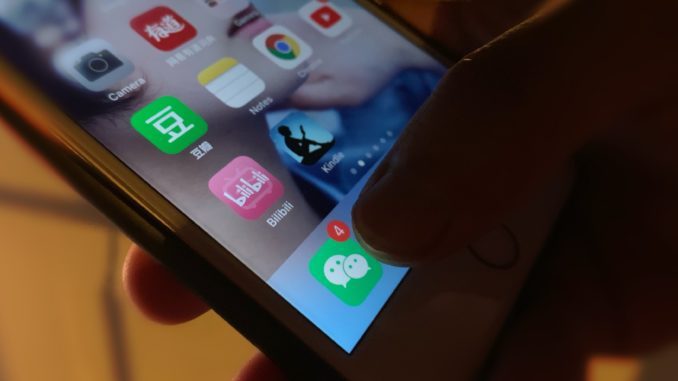
The Chinese multi-functional social media app, WeChat, is playing an increasingly important role in social media communication in Australia.
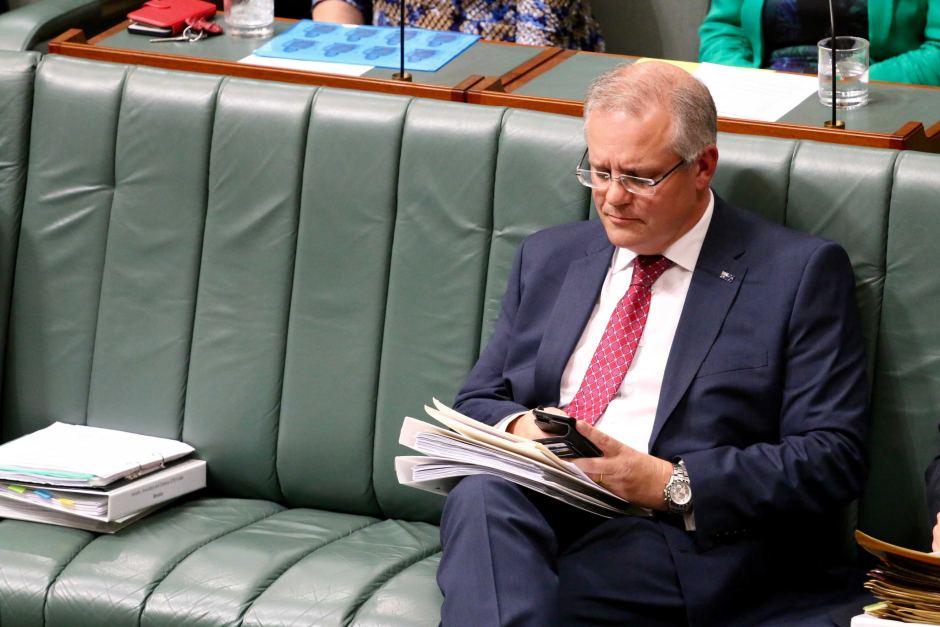
WeChat complicates Australian political communication
A noteworthy phenomenon is that WeChat has been continuously utilised by Australian politicians to engage with more voters with a Chinese background. Chris Bowen, a core member of the Australian Shadow Cabinet, started real-time conversations with Chinese through WeChat in 2017. The two major candidates for the upcoming federal election, Bill Shorten and Scott Morrison, have both opened their WeChat accounts respectively in 2017 and in this February.
Censorship from the outside.
Following the political communication, ABC News reveals that in 2018, WeChat in Australia had 2.5 million users of varying cultural backgrounds. However, WeChat is, in essence, a messaging application based in China, meaning that it cannot escape from the shadow of the censorship power from where it comes from. Australian news delivered to WeChat accounts is reportedly edited if anything sensitive is found by the operators. As revealed by The Conversation analysis, personal conversations between international and Chinese WeChat accounts are also objects of watching. Regarding these, what remains foggy is the relation between the highly censored WeChat activity and the communication habits of local Australians.
Narrative genre, target group and publication
From an angle of young local Australians, the topic lends itself to a news feature. It explores what the costs and benefits are when young Australian adults consider trying WeChat. Also, the news feature aims to dig out the Australians’ current thoughts over the censorship issue on the WeChat, as well as on their own favourite social media (e.g. Facebook, Instagram and Twitter).
Considering these, the news feature is mainly written for people who would like to listen to young Australians adults. To be specific, this target group refers partly to local Australian adults between 18-29 who are more likely to involve multiple social media. It also refers to social media developers (e.g. developers of WeChat and Facebook) whose design relies greatly on the opinions of their largest user group.
The target publication platform is the ABC News, the news division of the Australian Broadcast Corporation (ABC). This is partly because ABC News has previously covered the WeChat issue and the news feature can utilise this continuity. Also, the ABC’s content is trusted by 82% Australian adults, and the corporation has a unique and quality taste for “digital storytelling” in news features, revealed by the 2018 ABC annual report.
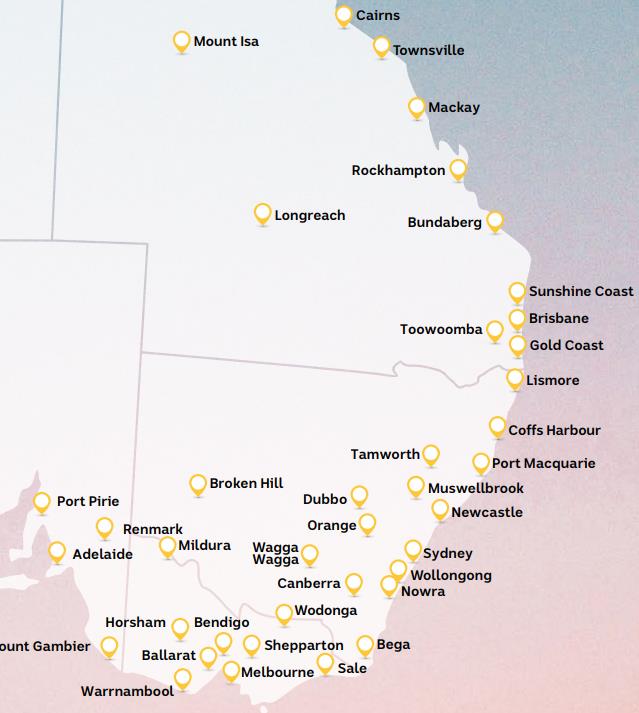
Sourcing and creating
In terms of gathering information, this news feature needs an interview with individual social media users, whose ideas around WeChat will become facts and evidence in the story. Also, it requires an interview with Dr Joyce Nip from USYD, whose authoritative voice of China’s censorship on social media gives the conceptual or theoretical basis for the story.
Finally, with a regard to “the most unrealised potential (in)…online journalism” (Bradshaw, 2018, p.159), the news feature is designed to include a short podcast that will be published with the verbal text. The podcast shares part of the storytelling and may last for only three to five minutes. The content mainly contains the author’s monologue and part of the interview record.
Word Count: 502 (excluding headings, subheadings and captions)
Reference:
Bradshaw, P. (2018). The online journalism handbook : skills to survive and thrive in the digital age (Second edition.). London, [England] ;: Routledge.


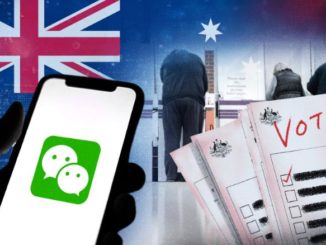
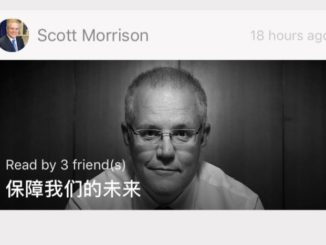

Be the first to comment